Understanding the Double Empathy Problem in Autism
The Double Empathy Problem (DEP), a groundbreaking theory introduced by Damian Milton in 2012, offers a fresh perspective on the social difficulties faced by autistic individuals. Moving away from deficit-centric models, DEP emphasizes mutual misunderstandings rooted in differences in social cognition and communication styles between autistic and non-autistic people. This article explores the core concepts, research findings, and implications of the double empathy theory, advocating for a more inclusive approach to supporting autistic individuals and enhancing social understanding.
What is the Double Empathy Problem in Autism?
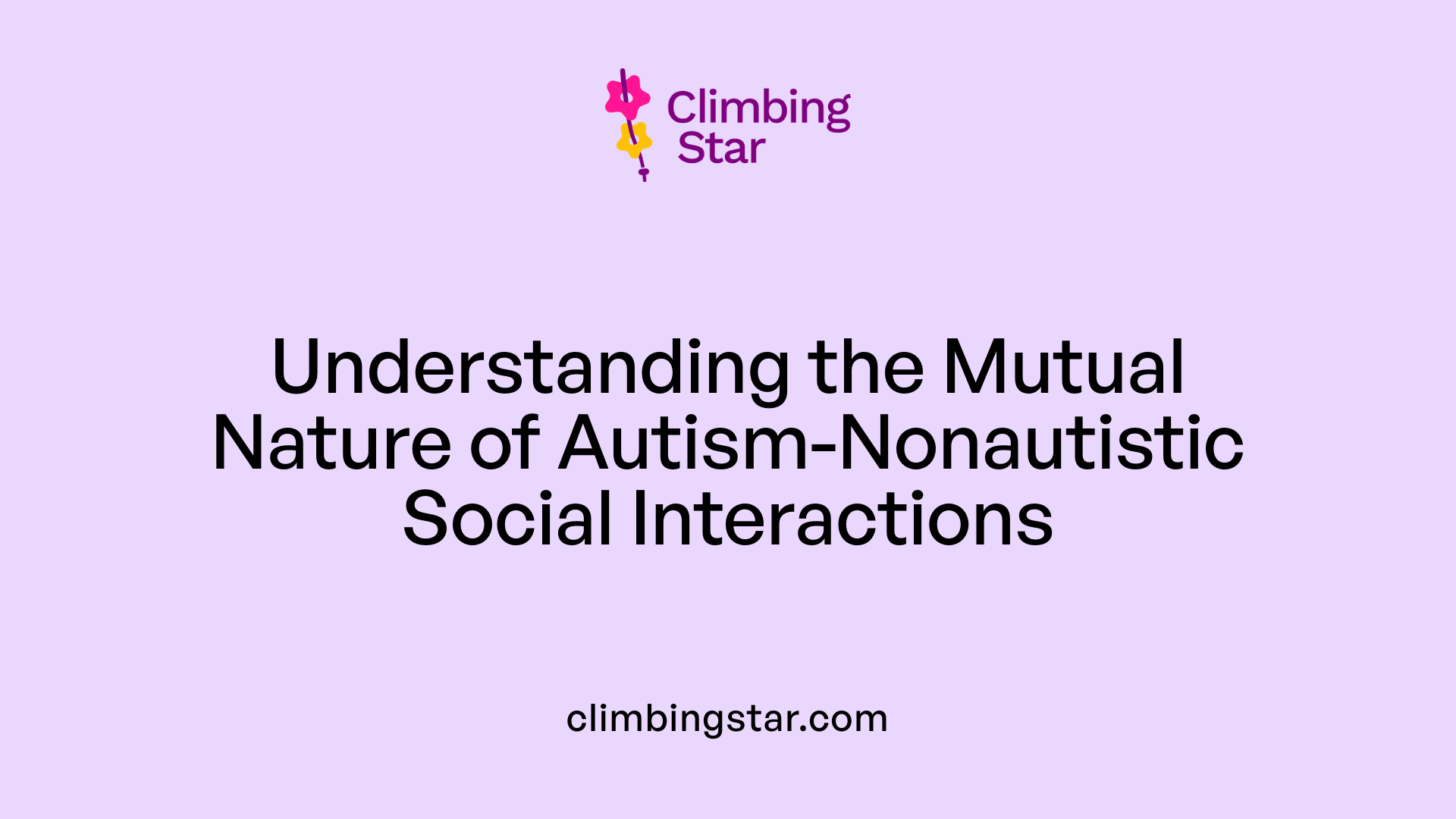
What is the Double Empathy Problem in autism?
The Double Empathy Problem (DEP) is a theory that describes how difficulties in understanding each other during social interactions are mutual between autistic and non-autistic people. Instead of viewing autism as solely a social or communication deficit in autistic individuals, DEP suggests that both groups face challenges in perceiving and interpreting each other's emotional cues and communication styles.
This concept emphasizes that the misunderstandings are reciprocal, arising from differences in how each group experiences and expresses emotions and social cues. For example, research shows that autistic people tend to communicate and empathize effectively with others within their own neurotype. Conversely, non-autistic individuals often struggle to accurately interpret autistic communication, which can lead to misjudgments and social rejection.
The origin of the theory dates back to 2012 when Dr. Damian Milton introduced it to challenge traditional views that primarily blamed autistic individuals for social difficulties. Instead, DEP highlights societal and relational factors, urging a shift towards mutual understanding and acceptance.
Unlike traditional models such as the 'theory of mind' or 'mind-blindness' hypothesis— which suggest that autistic individuals lack an innate ability to understand others' thoughts and feelings—DEP argues that empathy is not absent but experienced and expressed differently. It proposes that social misunderstandings are rooted in cultural and perceptual differences, making the problem inherently bidirectional.
This approach suggests that improving social interactions requires bridging these differences through shared understanding, rather than solely trying to 'fix' autistic behaviors. Essentially, the double empathy problem reframes autism-related social challenges as a two-way street, emphasizing empathy, respect, and reciprocal communication rather than deficits.
Key Research Findings Supporting the Double Empathy Theory
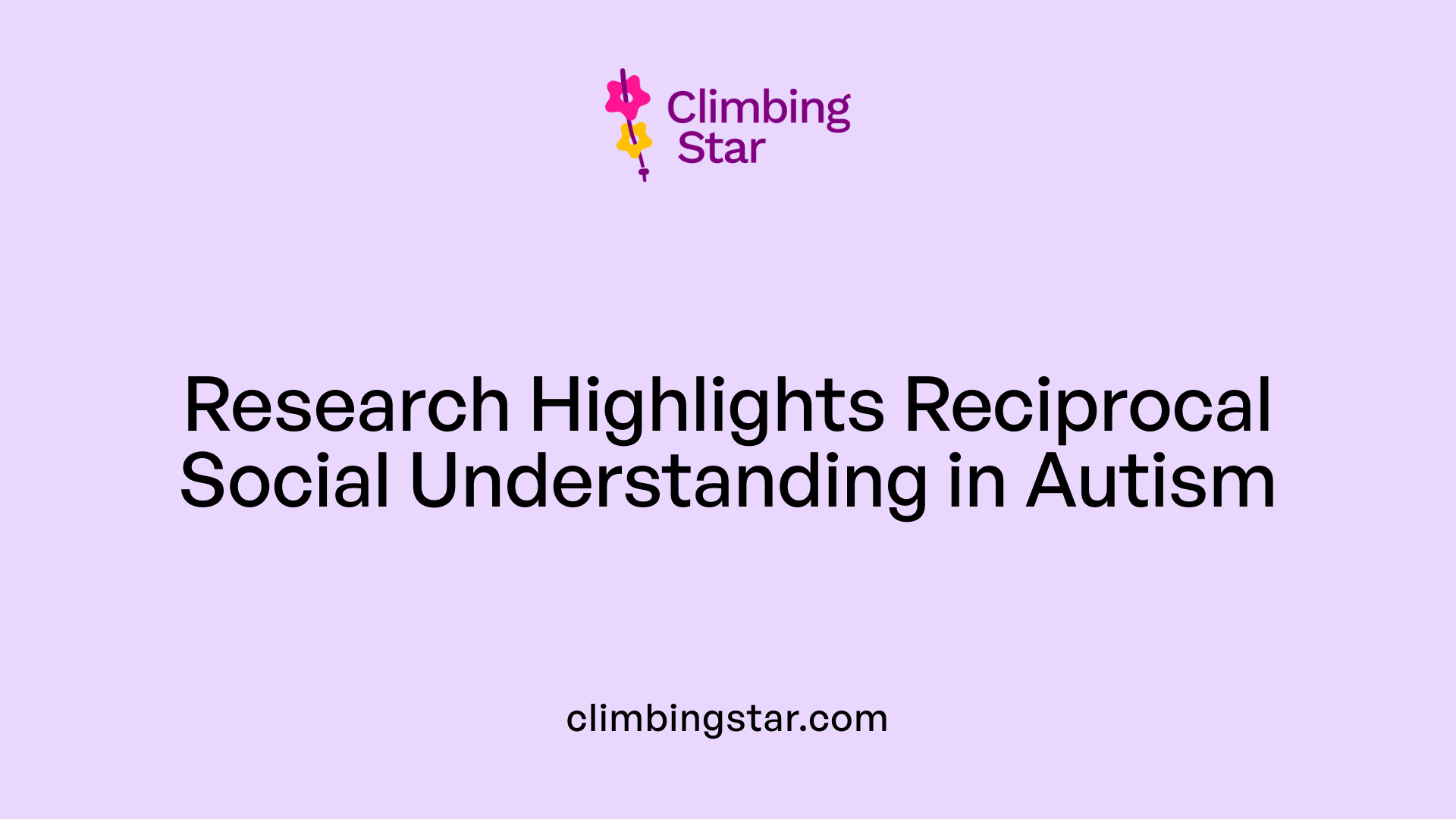
What are the key research findings related to the Double Empathy Problem?
Research on the Double Empathy Problem reveals that mutual misunderstandings between autistic and non-autistic individuals are rooted in differences in experiencing and expressing emotions, rather than solely within autistic individuals. Studies consistently show that autistic people often communicate more effectively and form stronger social bonds when interacting with other autistic individuals. These interactions tend to be more reciprocal and less prone to misinterpretation.
Empirical evidence from various studies includes observational research and empathic accuracy tasks. For example, when participants viewed autobiographical videos of autistic and non-autistic narrators recounting emotional events, they showed lower empathic accuracy, especially for positive and negative emotions like happiness, sadness, and fear. Interestingly, neurotypical observers often experienced heightened emotional responses when viewing autistic narrators, which points to differences in emotional expression rather than a lack of capacity.
Furthermore, studies involving autistic and allistic pairs—particularly those engaging in real-world tasks or interviews—demonstrate that autistic-autistic dyads tend to report higher levels of connection and understanding compared to mixed neurotype pairs. These findings support Milton's 2012 proposition that social difficulties in autism are not solely deficits but are mutual and influenced by cultural and perceptual differences.
The research also challenges traditional views that autistic individuals lack empathy or theory of mind. Instead, it highlights that autistic individuals often have equally thoughtful and compassionate responses but may express emotions differently. Non-autistic observers tend to undervalue or misunderstand these expressions, contributing to the double empathy gap.
Research in this field emphasizes that improving mutual understanding requires shifting perspectives from viewing autism as a deficit to appreciating it as a different, embodied way of social interaction. Overall, these findings advocate for more reciprocal and relational approaches in supporting autistic individuals, promoting empathy that is aware of neurodiverse communication styles.
Impacts of the Double Empathy Problem on Social Functioning and Relationships
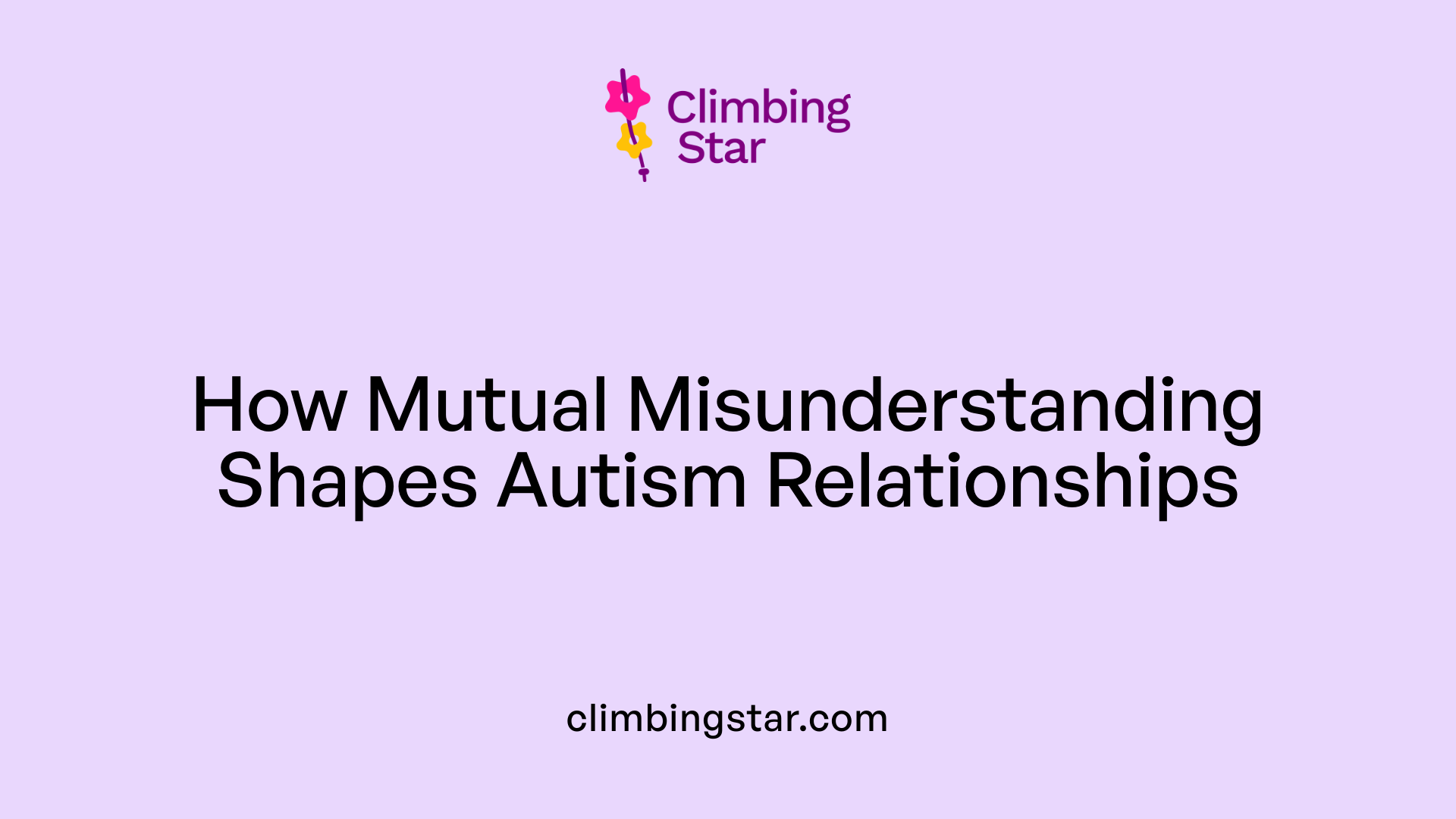
How does the Double Empathy Problem affect social functioning and relationships in autism?
The Double Empathy Problem (DEP) reshapes the traditional view of social challenges in autism by highlighting that misunderstandings are mutual, rather than solely the fault of autistic individuals. This perspective suggests that both autistic and non-autistic people struggle to understand each other's communication styles and emotional cues. As a result, interactions often lack reciprocity, leading to miscommunications, awkwardness, and feelings of alienation for both groups.
Research shows that these mutual misunderstandings can hinder everyday social interactions, making it harder for autistic individuals to form friendships, connect with family members, or develop romantic relationships. Autistic people often yearn for authentic connections, but societal stereotypes and negative first impressions, based on body language or speech patterns, can create barriers. This can perpetuate social exclusion and reinforce feelings of loneliness.
The impact extends beyond personal relationships to mental health. Ongoing social difficulties, combined with societal bias, can lead to increased anxiety, depression, and a sense of not being understood or accepted. Recognizing the double empathy problem encourages the development of strategies aimed at mutual understanding, such as specialized training programs that promote empathy and communication skills for both autistic and non-autistic individuals.
Strategies to improve mutual understanding
Efforts to bridge the double empathy gap include promoting awareness about neurodiversity, fostering inclusive environments, and encouraging patience and curiosity in social interactions. Empathy training, education reforms, and community initiatives can help reduce misunderstandings, ultimately leading to healthier, more supportive relationships.
By addressing how both sides perceive and respond to each other's emotional signals, we can enhance social inclusion, reduce stigma, and improve overall well-being for autistic individuals.
| Aspect | Challenge | Approach | Additional Notes |
|---|---|---|---|
| Everyday social interactions | Miscommunication and awkwardness | Mutual understanding training | Focus on reciprocal communication skills |
| Friendships and family | Social exclusion and loneliness | Inclusive social programs | Emphasize shared experiences |
| Romantic relationships | Misinterpretation of cues | Relationship education | Promote patience and empathy |
| Mental health | Anxiety and depression | Supportive environments | Reduce societal bias |
| Social perception | Stereotypes and stigma | Awareness campaigns | Highlight diversity in communication |
Overall, embracing the principles of the double empathy problem can lead to more compassionate, inclusive, and effective social relationships, benefiting individuals and communities alike.
Comparison With Older Models of Autism and Social Understanding
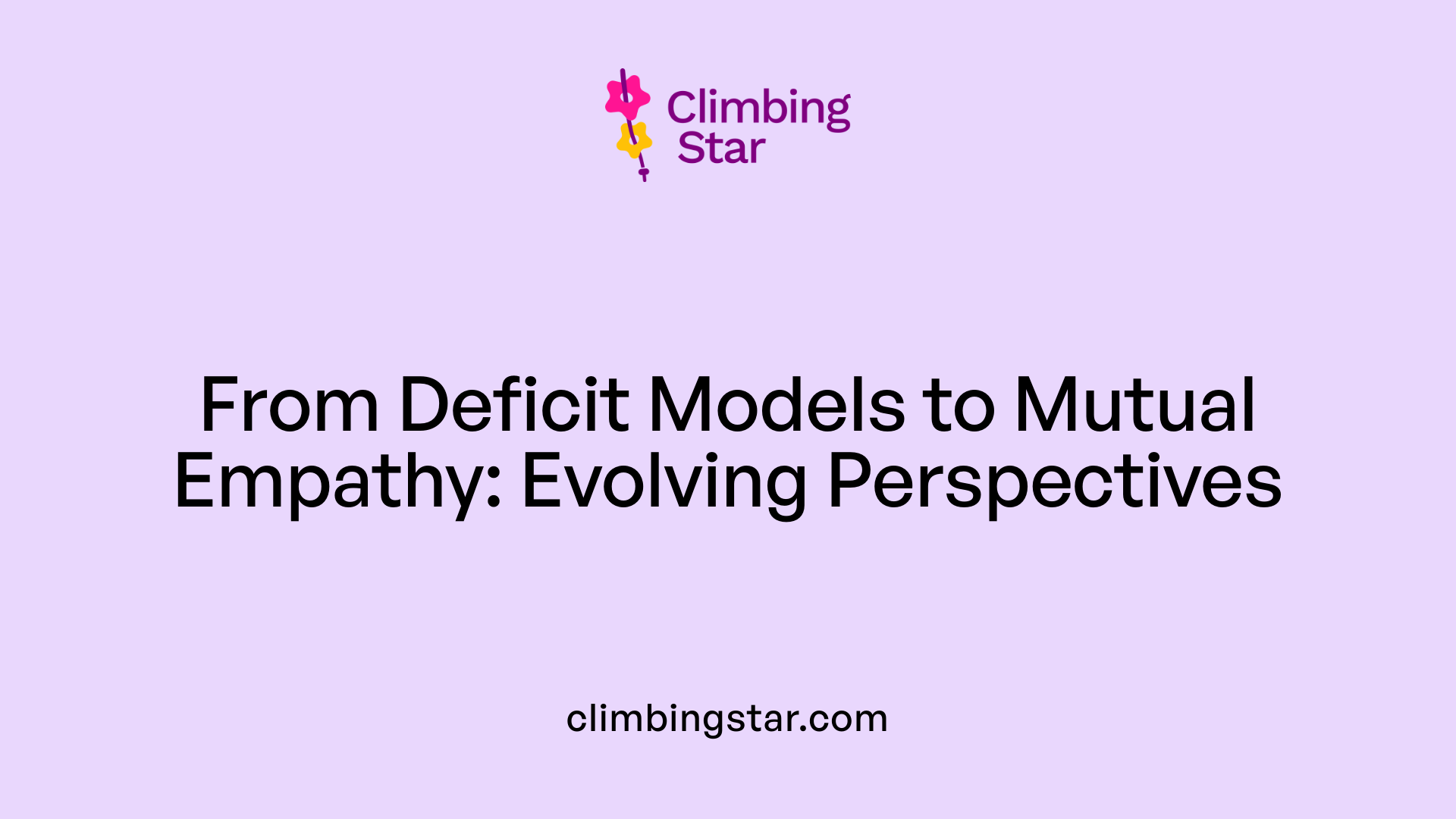
How does the Double Empathy Problem differ from older models like mind-blindness?
Traditional theories such as mind-blindness and the theory of mind have long shaped understanding of autism. These models suggested that autistic individuals inherently lack the ability to grasp others' thoughts, feelings, or perspectives, which accounts for social challenges.
The Double Empathy Problem (DEP), developed by Damian Milton in 2012, offers a different view. It proposes that social difficulties are mutual misunderstandings rooted in cultural and perceptual differences between autistic and non-autistic people. Instead of viewing autistic traits as deficits, DEP emphasizes that both groups experience communication differences that can hinder mutual understanding.
Research supports this shift. Autistic individuals often connect effectively with others on the autism spectrum, showing reciprocity and empathy within their community. This indicates that the challenges are not solely within autistic people but are relational and influenced by societal norms.
Shifting perspectives from viewing autism as a set of deficits to understanding it as a different way of experiencing and expressing emotions helps foster empathy. It recognizes that social interactions are reciprocal processes that rely on shared norms, which may differ across neurotypes.
This approach influences how autism is understood and supported. Instead of focusing only on 'fixing' the autistic individual, it encourages adapting environments and interactions to bridge mutual differences.
Overall, the DEP moves away from the old deficit model towards a more inclusive view that values diverse communication styles and mutual understanding, fostering better social connections across different neurotypes.
| Model | Focus | Implication | Key Concept |
|---|---|---|---|
| Mind-blindness | Autistic lack of theory of mind | Autistic individuals as socially impaired | Deficiency within autistic people |
| Double Empathy | Mutual misunderstandings | Both groups experience communication challenges | Differences in social perception and communication |
Psychological and Social Dimensions of the Double Empathy Problem
What are the psychological and social aspects of the Double Empathy Problem?
The Double Empathy Problem highlights that misunderstandings between autistic and non-autistic people are rooted in mutual differences in perception, cognition, and emotional understanding. Psychologically, this involves distinct ways of experiencing and expressing empathy, emotion, and social cues. Autistic individuals often communicate and interpret social signals differently from non-autistic individuals, which can lead to challenges in understanding each other's intentions or feelings.
Socially, these differences manifest as frequent miscommunications, awkward interactions, and difficulties forming authentic relationships. Both groups experience misunderstandings—autistic people may be perceived as aloof or unresponsive, while non-autistic people may dismiss or underestimate autistic communication styles.
Research supports that these struggles are reciprocal. For example, studies involving pairs of autistic and non-autistic participants show that non-autistic individuals often find it harder to accurately read autistic people's emotions and Vice versa. This bidirectional gap underscores that social difficulties are not solely due to autistic deficits but also stem from societal norms and stereotypes that favor neurotypical modes of interaction.
A critical insight of the theory is that these differences should not be viewed as deficits. Instead, they are variations in social 'languages' or ways of experiencing and expressing emotions. Addressing these differences involves mutual adaptation, where both groups learn to understand and respect each other's communication styles. Promoting empathy and acceptance can significantly improve social interactions.
Furthermore, societal expectations heavily influence these dynamics. Stereotypes and biases often reinforce misunderstandings, leading to stigma and social exclusion of autistic individuals. Recognizing that both sides have roles in shaping interactions encourages more compassionate and inclusive approaches.
By focusing on mutual understanding rather than fixing deficits, practitioners and communities can foster environments where autistic and non-autistic people can connect more effectively. This shift promotes respect, reduces social stigma, and supports positive mental health outcomes for autistic individuals, who often face societal rejection rooted in these mutual misunderstandings.
Scholarly and Practical Perspectives on the Double Empathy Problem
What do academic and scholarly perspectives say about the Double Empathy Problem?
Many researchers and scholars support the Double Empathy Problem as a useful framework for understanding autism. Significant studies and reviews highlight that social difficulties are often mutual, involving challenges in understanding each other's communication styles, rather than being solely due to deficits in autistic cognition.
Research by Elizabeth Sheppard and colleagues at the University of Nottingham, Brett Heasman at LSE, and Noah Sasson at the University of Texas at Dallas, provides empirical evidence showing that non-autistic people often find it hard to interpret autistic individuals' emotions or form positive first impressions. These findings support the idea that misunderstandings are reciprocal, not one-sided.
Damian Milton, who coined the term in 2012, emphasizes that social difficulties between autistic and non-autistic people are rooted in different ways of experiencing and expressing emotions. This challenges the traditional view that autism is solely a social communication disorder due to underlying deficits.
Research involving autistic and allistic pairs demonstrates that autistic individuals tend to communicate more effectively when interacting with fellow autistics. Moreover, autistic adults often perform better in understanding emotions when their interactions are with other autistic individuals, underscoring that social reciprocity can be strong within the autistic community.
Scholars also point out the influence of societal biases and stereotypes that exacerbate misunderstandings across groups, contributing to social exclusion and stigma. Recognizing the mutual nature of these communication gaps encourages a shift away from viewing autism only as a deficit, toward understanding it as a form of diversity in social interaction.
Academic discussions and conferences, particularly in recent years, have increasingly incorporated the Double Empathy Problem into their agendas. This shifting perspective promotes more empathetic and reciprocal approaches in research, training, and intervention strategies.
Overall, scholarly views view the Double Empathy Problem as a vital lens that broadens our understanding of autism—moving from deficit-focused models to more inclusive, relationship-centered frameworks that value diversity in communication styles and emotional experiences.
Reframing Autism Support Through Mutual Understanding
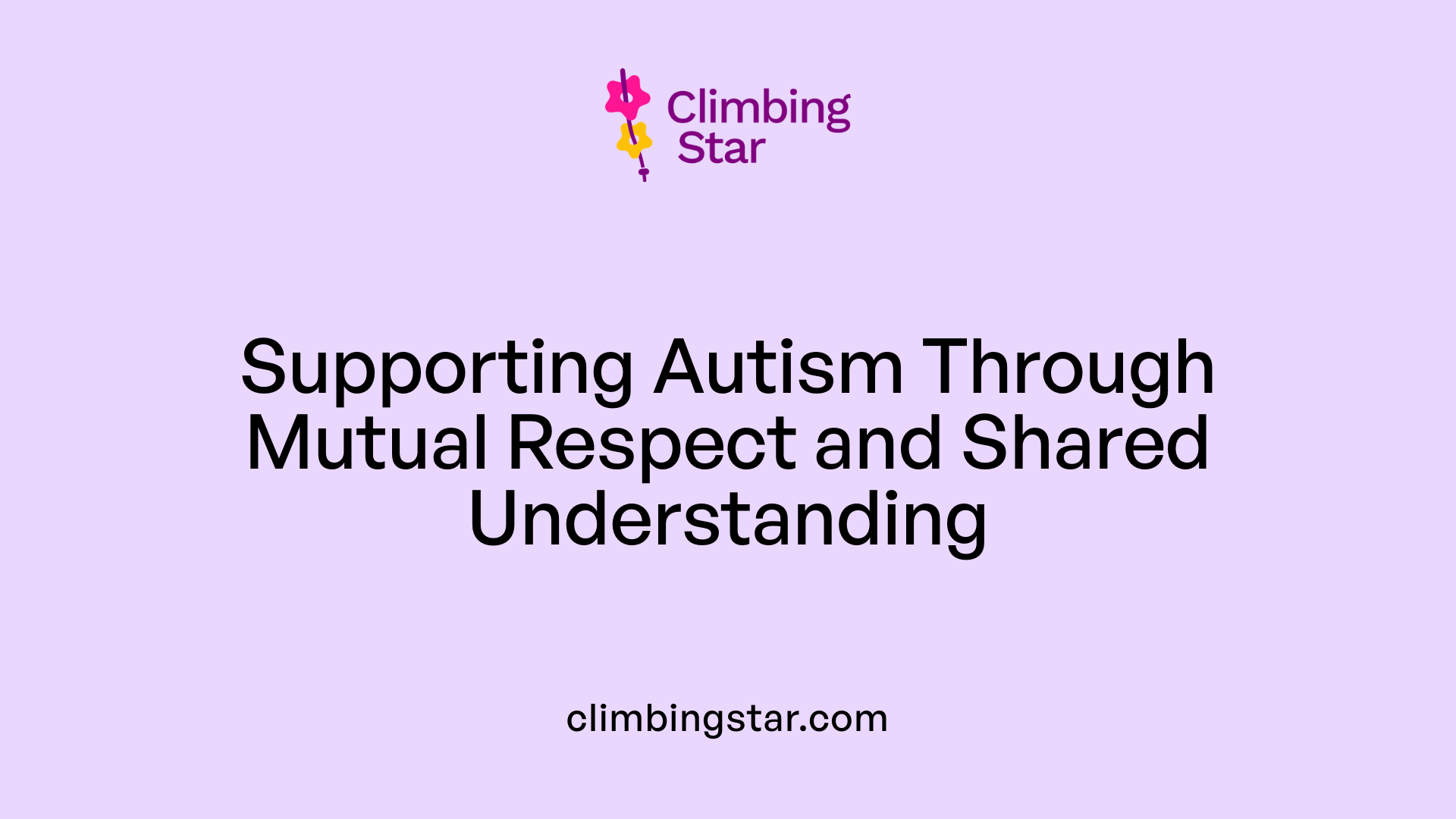
How does the double empathy problem influence diagnostic criteria and intervention?
The double empathy problem challenges traditional diagnostic models by emphasizing that social difficulties in autism are mutual and rooted in differences in communication styles and social cognition. Instead of viewing autism solely as a deficit or disorder within the individual, this perspective encourages a shift towards understanding autism as a different way of experiencing and expressing emotions.
Interventions based on this view focus less on 'correcting' autistic behaviors and more on fostering mutual understanding between autistic and non-autistic people. Assessments and support strategies may incorporate more collaborative techniques, emphasizing relationship-building, reciprocal communication, and cultural sensitivity.
What are guidelines for inclusive communication and support?
Adopting the double empathy framework suggests that support should be tailored to facilitate mutual understanding. This includes training for non-autistic individuals to recognize and respect diverse communication styles, avoiding stereotypes, and promoting patience and curiosity.
Educational programs like those from the National Autistic Society are now incorporating this approach, training people to appreciate autistic forms of communication and empathy.
For autistic individuals, creating environments that value different expressions of emotion and social interaction enhances inclusion. This might involve sensory-friendly spaces, flexible communication methods, and emphasizing shared interests.
What potential policy changes and societal shifts could arise?
Recognizing mutual misunderstanding as a core issue could influence policies related to healthcare, education, employment, and social services. Policies may move toward promoting reciprocal understanding and reducing stereotypes that reinforce bias.
Societally, this shift advocates for increased awareness of neurodiversity, fostering acceptance and reducing stigma. This could lead to more inclusive workplaces, educational settings, and community programs that prioritize collaboration and respect.
Overall, embracing the double empathy problem fosters a move away from deficit-based language and policies, promoting a society where autism is understood as part of human diversity, and mutual understanding is central to social interaction.
Toward a More Inclusive Understanding of Autism
The Double Empathy Problem reshapes the landscape of autism awareness, diagnosis, and support by emphasizing the importance of mutual understanding over perceived deficits. Recognizing the bidirectional nature of social difficulties encourages the development of more empathetic, inclusive, and effective strategies that honor neurodiversity. Moving beyond traditional deficit models, this perspective fosters greater acceptance, reduces stigma, and highlights the need for society to adapt in supporting genuine interpersonal connections across neurotypes. Embracing the principles of the Double Empathy Problem promises a future where autistic experiences are valued, understood, and celebrated within the broader social fabric.
References
- The double empathy problem
- Milton's 'double Empathy Problem': A Summary for Non- ...
- Double empathy problem
- Do you feel me? Autism, empathic accuracy and the ...
- Autism & the double empathy problem
- The Double Empathy Problem: Autistic Communication Is ...
- Autism and Employment Challenges: The Double Empathy ...
- Autism, Human Connection and the 'Double Empathy' ...







